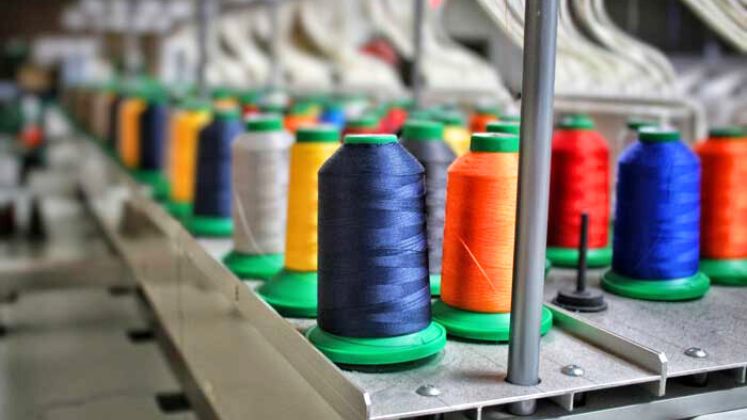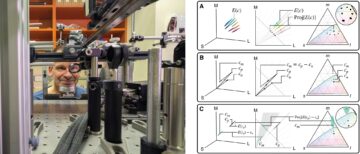
Despite adopting a protectionist stance following the signing of the ASEAN-India Free commerce Agreement (AITIGA), India’s commerce with its leading ASEAN countries, such as Indonesia, Thailand, and Malaysia, has increased significantly. However, Indian exporters continue to face significant obstacles, particularly in the textile industry.
Many Indian textile items have been placed on “sensitive” or “exclusion” lists by ASEAN nations, according to a research by India-Exim Bank.
Indian textiles find it more difficult to compete in such countries since they are not granted duty-free access. Countries like the Philippines and Vietnam also offer zero-duty access under AITIGA, but Indian businesses aren’t taking advantage of this opportunity.
The research recommends that the trade agreement be renegotiated and re-examined. Many of the products that India exports in bulk are prohibited or prohibited by ASEAN countries. India ought to endeavour to increase the availability of these allegedly “offensive” goods.
However, in order to safeguard domestic sectors and close the trade gap, India should maintain higher tariffs on certain “defensive” goods.
India’s economy greatly depends on the textile and apparel sector. It accounts for 1.4% of India’s GDP overall and more than 10% of its manufacturing output. About 8% of India’s total merchandise exports in 2023–2024 were textiles, with a value of USD 34.4 billion.
The Production Linked Incentive (PLI) scheme is a unique support plan that the Indian government has introduced to encourage the growth of man-made fibres. The fields of technical textiles and man-made fibres (MMF) are the focus of this program. It seeks to increase local production, draw in investment, and raise the competitiveness of Indian goods on international markets. 73 businesses have been selected to take advantage of this program thus far.






